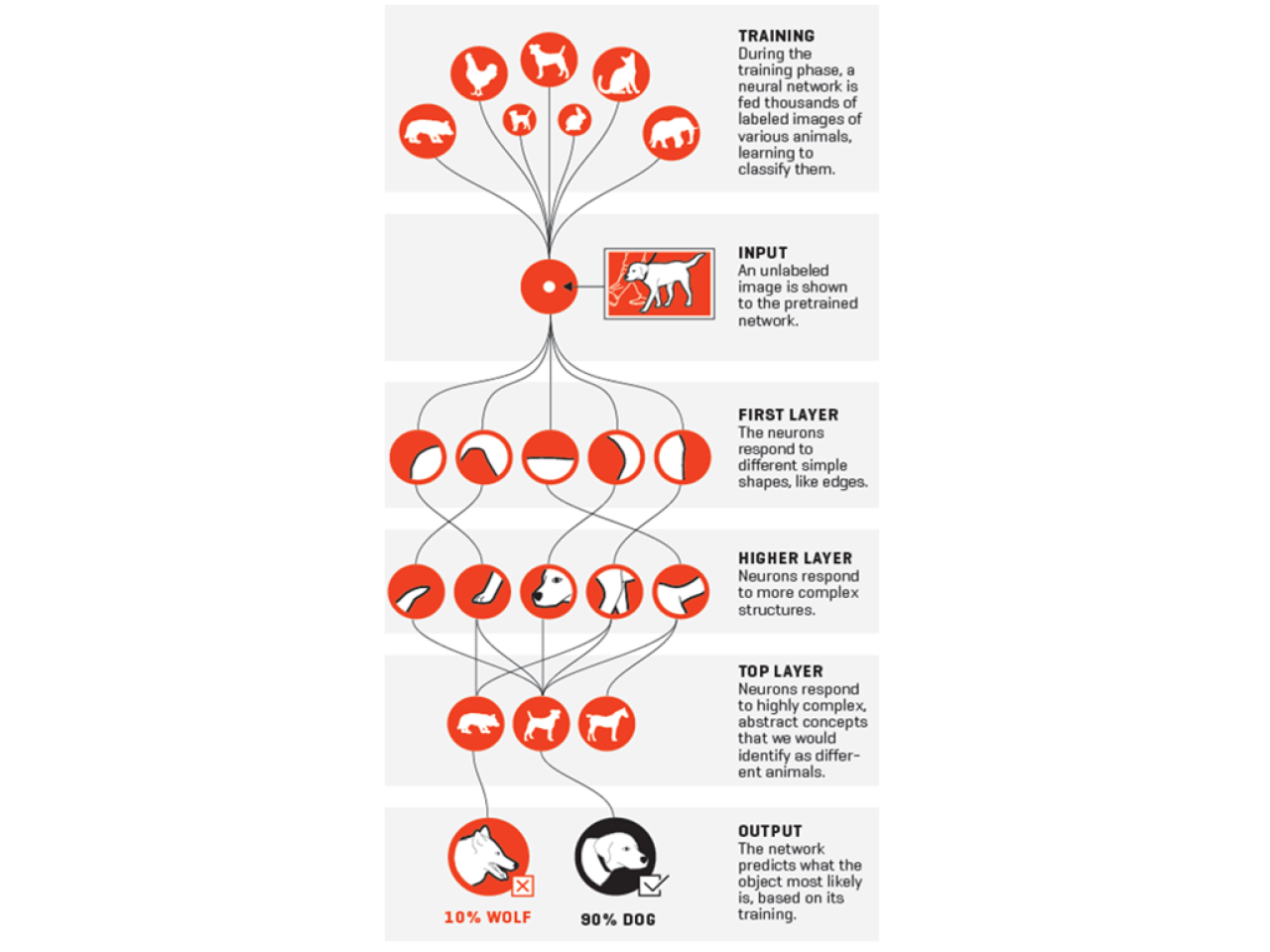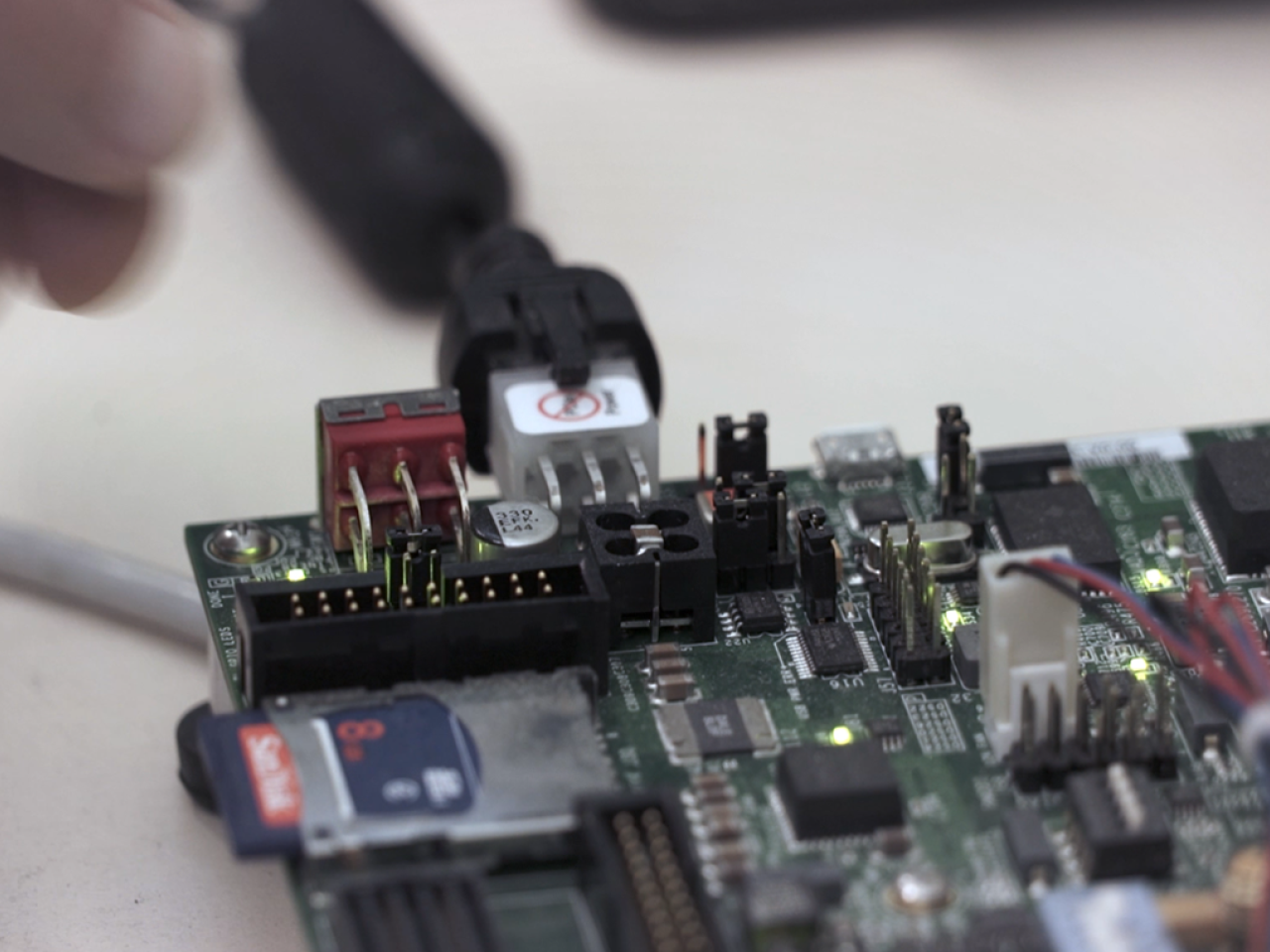It has been a long time since it is no longer possible to increase the performance of the calculation systems by increasing their working frequency, and it has also been a long time since the solution to the problem was identified in the use of the parallelism of processing. We are therefore faced with heterogeneous and asymmetrical multi or many-core processing systems: they are now among us, and the problem is to make them effectively usable to industry, especially in the field of embedded and cyber-physical systems. It is what has tried to do open-next by addressing a multiplicity of scenarios connected by the need to use heterogeneous architectures and asymmetric multiprocessing, and that has tried to do in collaboration not only with the original partner companies of the project but also with other companies that are they are gradually joined over time.
 OPEN-NEXT - Real-time and open-source software structures for industrial embedded platforms
OPEN-NEXT - Real-time and open-source software structures for industrial embedded platforms
- Programming models for multi / many-core heterogeneous architectures with real-time constraints - Complex stack of operating systems to support real-time applications on multi / many-core heterogeneous architectures - Tools for the build and configuration of complex stacks of operating systems and for the schedulability analysis of the SW modules of a real-time application
A significant number of potential applications have emerged: - Development of Linux-based systems (acquisition/merging of multi-sensory information) - Power management systems - Familiarity with porting and adaptation of operating systems - Development and training of neural networks (CNN): creation of data pipelines for the management, annotation, and increase of image databases - FPGA based HW accelerators for CNN networks developed with Cafe and TensorFlow It is precisely on the acceleration of neural networks that we expect to have the most potential applications.
 The use of latest generation embedded platforms for neural network acceleration
The use of latest generation embedded platforms for neural network acceleration
The new multi-core platforms for the industrial automation area
The characteristics of various multi- and many-core HW platforms were analyzed, these based essentially on the combination of a MIMD multicore Main Processing Unit with a many-core SIMD accelerator based on GPU or FPGA. In addition to performance efficiency, parameters such as energy efficiency and cost were considered. The case study for many-core architectures was the inference of convolutional neural networks (CNN) in embedded systems: we analyzed both the requirements of some typical applications (eg OCR), and the availability of computational platforms and environments of appropriate development. The requirement that CNN accelerators on FPGAs are also available on lower-end platforms such as the Zynq 7020 has emerged. Another of the requirements that emerged is that of being able to create a SW asymmetry starting from a multi-core HW architecture homogeneous, even with multiple instantiation of the same kernel (in particular, RTOS) on different cores, in order to optimize the partitioning of the functional load. This activity led to the creation of several demonstrators, based both on type-1 hypervisors and on the direct installation of different kernels on different sub-sets of the processing cores of a SoC.
SACMI S.Coop. Datalogic S.r.l. IMA S.p.A. CIRI ICT INFN TTLab SOFTECH-ICT CRIT
Collaborations within the OPEN-NEXT project with repercussions on new industrial projects.
 FPGA based neural network accelerator
FPGA based neural network accelerator

